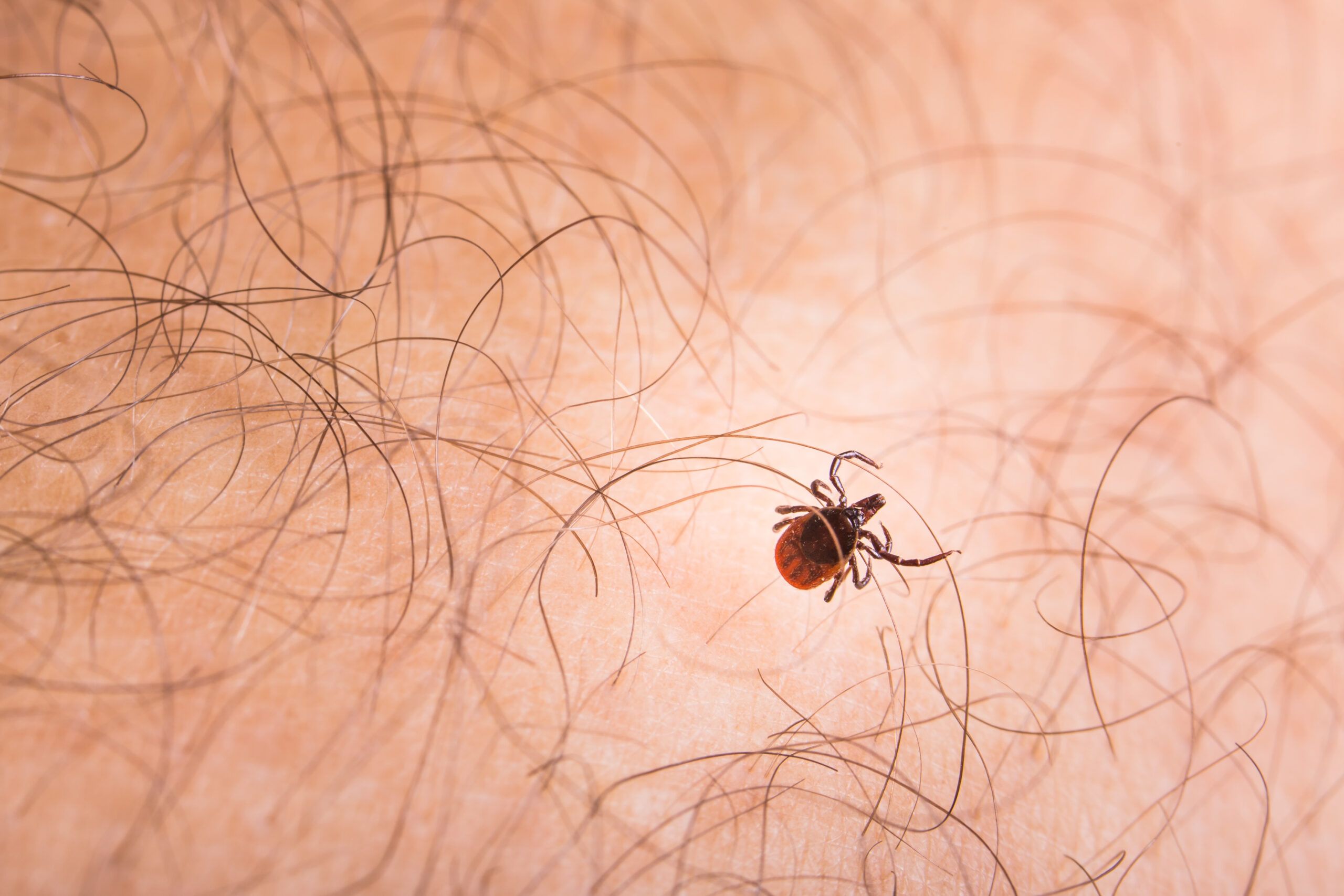
Tick-borne diseases, such as Lyme borreliosis, have increased considerably with the warm weather in recent years and are likely to increase further. This has been confirmed by several recently published scientific studies. Many regions, mainly in Europe and North America, have suffered from this incidence, including Spain. This fact will pose a challenge for public health in the coming decades.
With climate change, the Dr. Mariano Buenomedical director of Biosalud Day HospitalThe report warns that Lyme cases will continue to increase as temperatures rise and the seasonal period of transmission - the time of interaction between the mite and humans - extends.
Climate change has increased the risk of spreading Lyme disease to new areas where ticks previously could not survive.
Spain, due to the progressive increase in temperatures, has become a very favourable country for the development of ticks.
How can we protect ourselves?
There are a number of ways to protect ourselves against this threat. These include, among others:
- Avoid areas of tall grass, bushes or many trees in natural environments.
- Wear light-coloured clothing where ticks can be easily spotted; long trousers tucked in under the socks, long sleeves if possible, and a cap.
- Avoid touching livestock or wild animals.
- Preferably walk along the centre of the trails.
- Use repellents if necessary.
- Body check: mainly head - hair -, armpits, around the waist, inside the navel, in and around the ears, behind the knees and groin.
- Shower immediately and check clothes for ticks.
In case of symptoms such as a bull's-eye rash, fever, headache or fatigue, seek urgent medical attention. The first symptoms of Lyme disease usually appear 3 to 30 days after the tick bite. Immediate treatment is important, otherwise the infection could spread.
At the Clinic Biosalud Day Hospital we develop personalised protocols for the successful treatment of Lyme disease. The tests we perform allow us to know the exact level of infection and the actual state of humoral and cellular immunity. And, once the diagnosis is made, we proceed to treatment in four phases.
Find out more: https://biosalud.org/tratamientos-biomedicina/tratamiento-enfermedad-lyme/tratamiento/
External sources consulted:
https://pubmed.ncbi.nlm.nih.gov/35585385/
https://www.nature.com/articles/s41558-022-01426-1
https://pubmed.ncbi.nlm.nih.gov/36809802/

